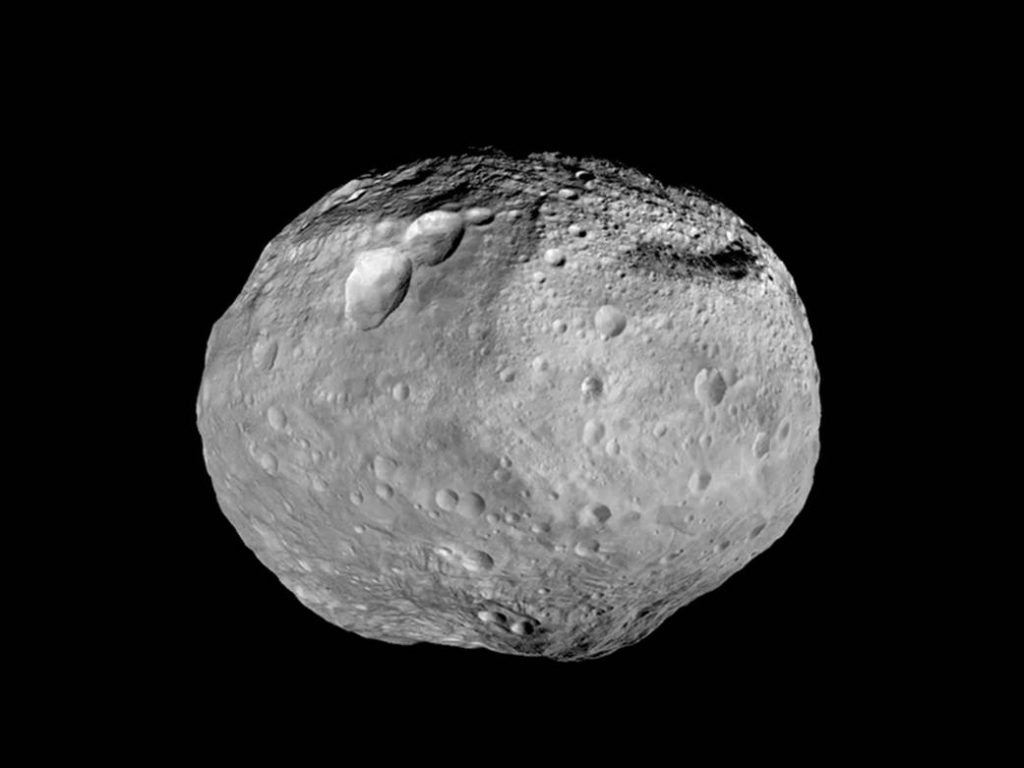Just one day after the Earth passed its perihelion, the closest point to the Sun in its orbit, the American Astronomical Society was having its annual meeting online, the United States Congress was validating the results of the 2020 national election, and Wendee and I were settling in for a civics lesson about the way the United States Government works. The day did not turn out as we expected.
Shortly before noon, as we watched our television set a news ticker appeared. It announced that two buildings in the Library of Congress (LC), the James Madison, and quickly afterwards the Adams and Jefferson buildings, were being evacuated. That news sent an ugly chill through me. The LC is one of the finest libraries in the entire world. It contains more than 170 million books, of which more than thirty are books I wrote entirely or those for which I penned the foreword. It also includes all of the more than two hundred “Star Trails” columns I wrote for Sky and Telescope magazine between 1988 and 2008, and dozens more I wrote for other magazines and journals. Only the British library, with over 200 million books, is larger.
This evacuation was quite personal for me. A few minutes later, when the entire Capitol complex was stormed, it was personal for all of us. All of us had reactions to this, but in addition to the feelings I had, I felt a major conern for the library.
How many books does it take to make a library? When I was a child in 1963, a teacher told me his answer: “two books.” To me, a library– any library– is every bit as priceless as a dark sky. The wisdom of the ages is contained in each library- from the LC to a child’s collection. I have never gone into a library without feeling better when I exited. The idea that this magnificent collection was threatened that day was terrifying.
I have read many books over my lifetime, from The Cat in the Hat to my boxed set of Lord of the the Rings. One small treasure, Jene Lyon’s Golden book Our Sun and the Worlds Around It, opened a door to a lifetime of stargazing. (That gem, by the way, also lives in the LC). What is more, I have never encountered a really bad book. When an author places her or his thoughts on paper in a book, that book immortalizes those thoughts.
I hope that Capitol Hill and the Library of Congress are never threatened again. They belong to we the people, and stand beautifully in Washington, D.C. to govern us, teach us, and encourage us to follow our dreams and reach for the stars.









